Origin: Ancient kingdom of Siam (Present-day Thailand)
Period: End of the 16th century
Material: Bronze
Dimensions: 32 x 22.8 cm
Condition: Top of headdress missing
Origin: From a set from a private collection
The Buddha is represented seated in the gesture of taking the Earth to witness (bhumisparsa mudra): the right hand is positioned on the knee, the fingers touching the ground, while the left hand is placed in his lap, the palm turned to the sky. The legs are crossed in the full lotus position, the soles of the feet facing upwards. This classic representation of the Buddha evokes the victory of Sakyamuni over the demon Mara and perhaps interpreted as an allegory of enlightenment. The body is solid, almost corpulent and dressed in uttarasanga revealing the right shoulder, the chest is wide and the hips narrow. The draped and open coat has a long section starting from the left shoulder and which descends in a straight line over the navel. The face is plump and has eyebrows with an arched curvature joining over a prominent eagle-billed nose. The half-closed almond-shaped eyes surmount the prominent cheekbones giving the face an almost youthful expression. The mouth with the plump lips sketches a smile above a small prognathic chin. A thin band surrounded by small spikes takes position between the hairline and the forehead. The hairstyle is characterized by a multitude of tips, the skull having a deformation (usnisa) which was originally intended to accommodate a bulb or a lotus bud. The ears, with the lobes distended by the weight of the ornaments, symbolize the royal origin of the historic Buddha.





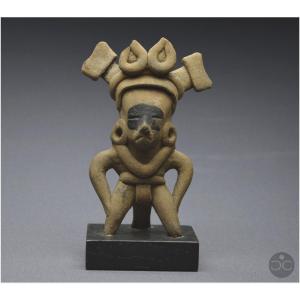
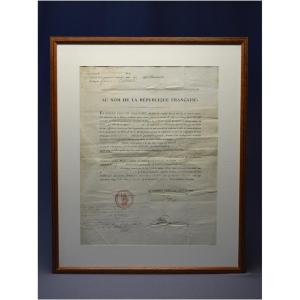

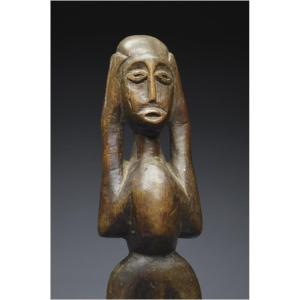



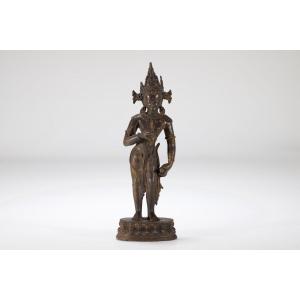

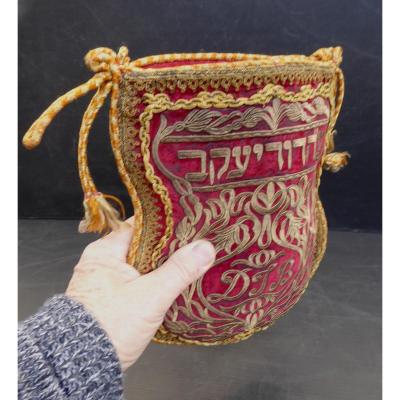




 Le Magazine de PROANTIC
Le Magazine de PROANTIC TRÉSORS Magazine
TRÉSORS Magazine Rivista Artiquariato
Rivista Artiquariato
